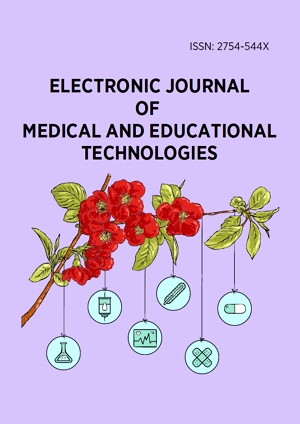Abstract
The state of the availability of digital resources and institutional compliance to COVID-19 mitigation measures was evaluated by the researchers in this study. Informed by the need to answer two research questions, the study adopted the descriptive survey design. A sample of 409 participants was drawn from a population of 2,410 academic staff at the University of Calabar, leveraging the multistage sampling process. “Availability of digital resources and institutional compliance with COVID-19 mitigation measures questionnaire” was used for data collection. After administration, we recovered 397 copies of the instrument successfully. We used descriptive statistics to answer the research questions. Our findings indicated a great extent in the availability of digital resources such as computers (91.18%), human capacity (63.48%), network printers (67.76%), projectors (59.19%), websites (92.95%), and wireless networks (86.65%). There was a low extent in the availability of digital resources such as local area network (5.79%), cloud storage systems (2.27%), digital libraries (7.56%), firewalls (1.26%), Internet service (48.36%), routers (23.69%), and Zoom videoconferencing platform (23.93%). The unavailability of digital resources such as host/servers (0%) and virtual private networks (0%) in the higher education institution (HEI). Further evidence shows a low extent of institutional compliance with COVID-19 mitigation measures generally and specifically for all indicators. In conclusion, there is a high degree of unreadiness to promote e-learning when flexible learning systems should operate in the institution. Among others, we recommend that the management of the HEI should apportion proceeds from internally generated funds to procure digital resources to increase the institution's capacity to respond to COVID-19 or similar cases in the future.
License
This is an open access article distributed under the Creative Commons Attribution License which permits unrestricted use, distribution, and reproduction in any medium, provided the original work is properly cited.
Article Type: Original Article
ELECTR J MED ED TE, Volume 15, Issue 4, December 2022, Article No: em2208
https://doi.org/10.29333/ejmets/12411
Publication date: 29 Aug 2022
Article Views: 2015
Article Downloads: 788
Open Access References How to cite this article
 Full Text (PDF)
Full Text (PDF)